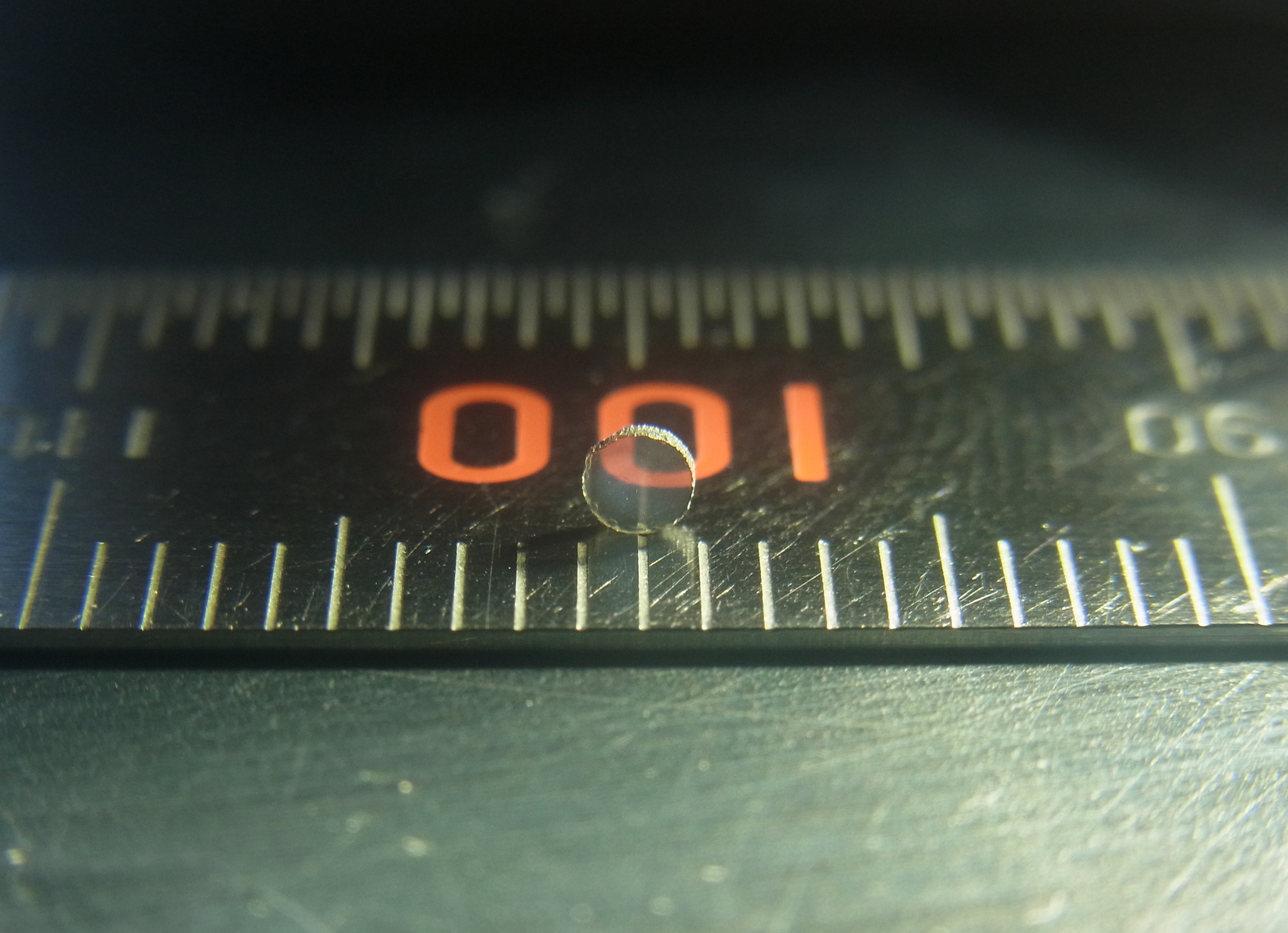
Scientists at the Deutsches Elektronen-Synchrotron (DESY) in Germany, together with colleagues in Japan, have synthesized the first transparent sample of a popular industrial ceramic. The result is a super-hard window made of cubic silicon nitride that could potentially be used under the extreme conditions found in engines.
Known as cubic silicon nitride (c-Si3N4), the ceramic forms under high pressure and is the second hardest transparent nanoceramic after diamond, but can withstand substantially higher temperatures. The scientists report their advance in a paper in Scientific Reports.
"Silicon nitride is a very popular ceramic in industry," says lead author Norimasa Nishiyama, formerly at DESY but now an associate professor at Tokyo Institute of Technology in Japan. "It is mainly used for ball bearings, cutting tools and engine parts in automotive and aircraft industry." The ceramic is extremely stable, because the silicon-nitrogen bond is very strong.
At ambient pressures, silicon nitride has a hexagonal crystal structure and the sintered ceramic of this phase is opaque. Sintering involves using heat and pressure to form macroscopic structures from powdered material; it is widely used in industry for manufacturing a broad range of products from ceramic bearings to artificial teeth.
At pressures above 130,000 times atmospheric pressure, silicon nitride transforms into a crystal structure with cubic symmetry that scientists call spinel-type, in reference to the structure of a popular gemstone. Artificial spinel (MgAl2O4) is widely used as a transparent ceramic in industry.
"The cubic phase of silicon nitride was first synthesized by a research group at Technical University of Darmstadt in 1999, but knowledge of this material is very limited," says Nishiyama. His team used a large volume press (LVP) at DESY to expose hexagonal silicon nitride to high pressures and temperatures. At approximately 156,000 times atmospheric pressure (15.6 gigapascals) and a temperature of 1800°C, they found that a transparent piece of cubic silicon nitride formed with a diameter of about 2mm. "It is the first transparent sample of this material."
Analysis of the crystal structure at DESY's X-ray light source PETRA III showed that the silicon nitride had completely transformed into the cubic phase. "The transformation is similar to carbon that also has a hexagonal crystal structure at ambient conditions and transforms into a transparent cubic phase called diamond at high pressures," explains Nishiyama. "However, the transparency of silicon nitride strongly depends on the grain boundaries. The opaqueness arises from gaps and pores between the grains."
Investigations with a scanning transmission electron microscope at the University of Tokyo showed that the high-pressure sample has only very thin grain boundaries. "Also, in the high-pressure phase oxygen impurities are distributed throughout the material and do not accumulate at the grain boundaries like in the low-pressure phase. That's crucial for the transparency."
"Cubic silicon nitride is the hardest and toughest transparent spinel ceramic ever made," declares Nishiyama. The scientists foresee diverse industrial applications for their super-hard windows. "Cubic silicon nitride is the third hardest ceramic known, after diamond and cubic boron nitride," he adds. "But boron compounds are not transparent, and diamond is only stable up to approximately 750°C in air. Cubic silicon nitride is transparent and stable up to 1400°C."
Because of the large pressures needed to synthesize transparent cubic silicon nitride, the size of the windows that could be made from this ceramic is limited for practical reasons. "The raw material is cheap, but to produce macroscopic transparent samples we need approximately twice the pressure as for artificial diamonds," explains Nishiyama. "It is relatively easy to make windows with diameters of 1–5mm. But it will be hard to reach anything over 1cm."
This story is adapted from material from DESY, with editorial changes made by Materials Today. The views expressed in this article do not necessarily represent those of Elsevier. Link to original source.



